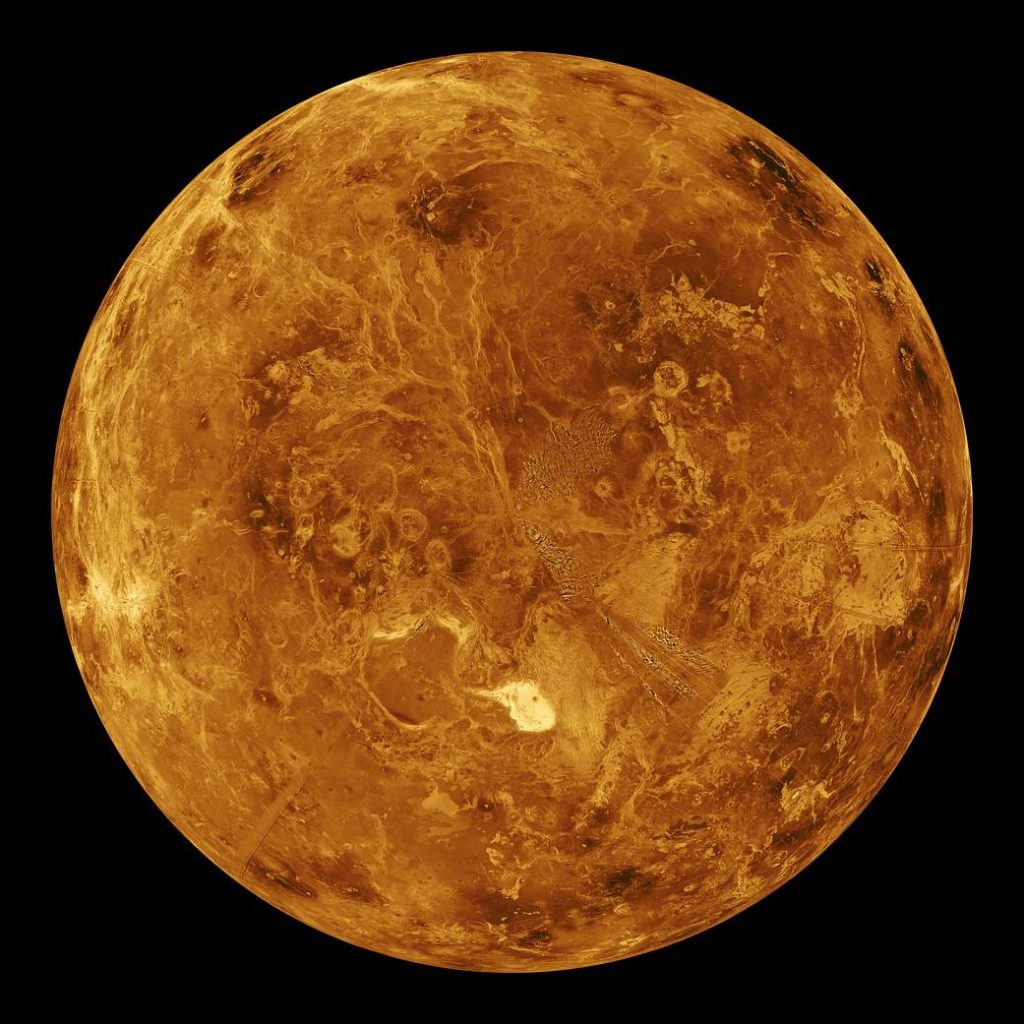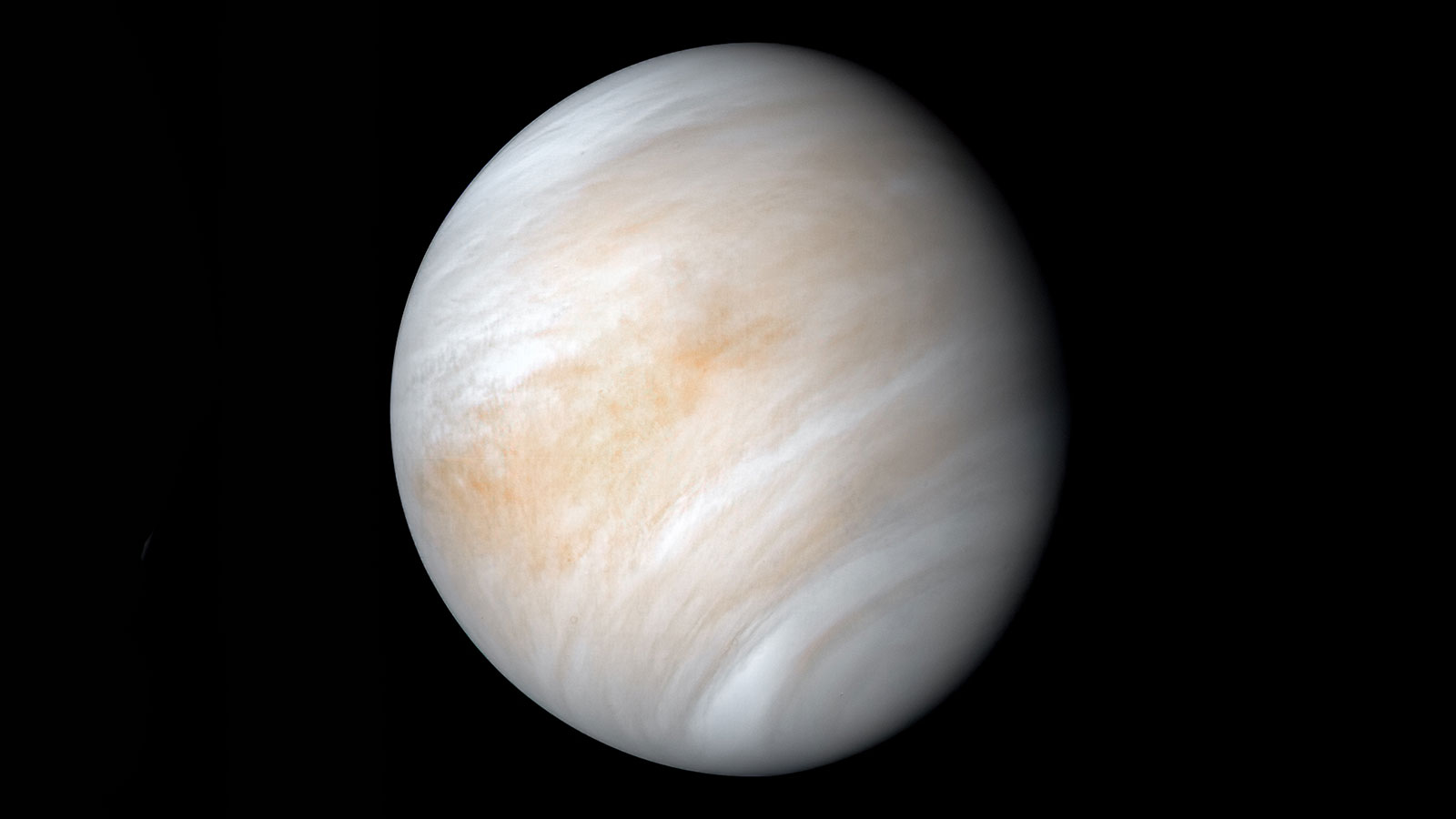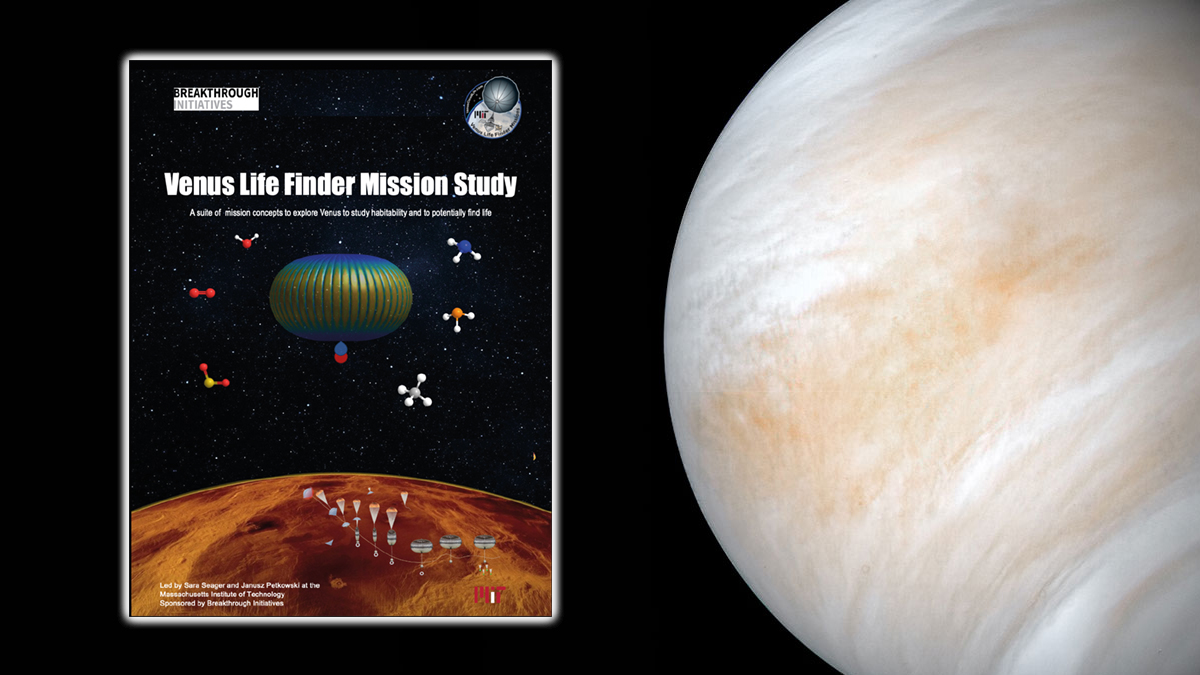Scientists have speculated about life in the Venus clouds for over half a century. In theory the conditions for life are met: an energy source, the right temperature for molecules, and a liquid environment.
The Venus cloud-layer atmosphere, however, is an incredibly challenging environment for life of any kind. One of the main challenges is the extreme dryness at 50 to 100 times drier than the driest place on Earth, the Atacama Desert in Chile. The Venus atmosphere is starved of liquid water or water vapor.
Does the Venus atmosphere extreme dryness conclusively mean life cannot exist in the Venus cloud layers? Hallsworth et al. 2021 (1) think so, after reviewing past measurements of globally-averaged water vapor concentration in the Venus atmosphere.
A counterpoint is localized “oasis” pockets of the atmosphere with water vapor concentrations much higher than the global average appear to exist. In situ measurements of water from the 1970s and 1980s Russian Vega and Venera probes and NASA Pioneer Venus give abundances of 200–2000 ppm in the middle/lower clouds (58– 48 km) and 5000 ppm just below the clouds (41.7 km). These values are considerably higher than the global average of around 30 ppm, which comes from water vapor abundances derived from the spectrometric measurements by Venera probes and Venus Express orbiter (1).
Why are the higher values excluded by (1)? Ignatiev et al. (1997) (2) dismissed the values without being able to “point to specific shortcomings of “contact” methods”, because the values are so much higher than spectroscopic methods. Recently, Mogul et al. 2021 (3) suggests the higher values of the contact methods are due to water from the cloud particles. If so, this is still a huge positive, because it means the cloud particles have more water than our current understanding of the cloud particles allows.
Life has to be very different from that on Earth to survive in the Venus atmosphere. Life may have a completely different biochemistry to that on Earth, to be based on sulfuric acid. Or life on Venus may have evolutionary adaptations without precedent here on Earth to actively extract water from the dry atmosphere or from water tightly bonded to sulfuric acid inside the Venus cloud particles. Alternatively, A new theory for minerals (4) or ammonia (5) dissolving in and buffering the acidic droplets leaves excess water behind, available for life.
- J. E. Hallsworth, et al., Water activity in Venus’s uninhabitable clouds and other planetary atmospheres. Nat. Astron., 1–11 (2021).
- N. I. Ignatiev, et al., Water vapour in the lower atmosphere of Venus: A new analysis of optical spectra measured by entry probes. Planet. Space Sci. 45, 427–438 (1997).
- R. Mogul, S. S. Limaye, Y. J. Lee, M. Pasillas, Potential for Phototrophy in Venus’ Clouds. Astrobiology (2021) https:/doi.org/10.1089/ast.2021.0032.
- P. B. Rimmer, et al., Hydroxide salts in the clouds of Venus: their effect on the sulfur cycle and cloud droplet pH. Planet. Sci. J. 2, 133 (2021).
- W. Bains, J. J. Petkowski, P. B. Rimmer, S. Seager, Production of Ammonia Makes Venusian Clouds Habitable and Explains Observed Cloud-Level Chemical Anomalies. Proc. Natl. Acad. Sci. in press (2021).
Image Credit: SSV, MIPL, Magellan Team, NASA




